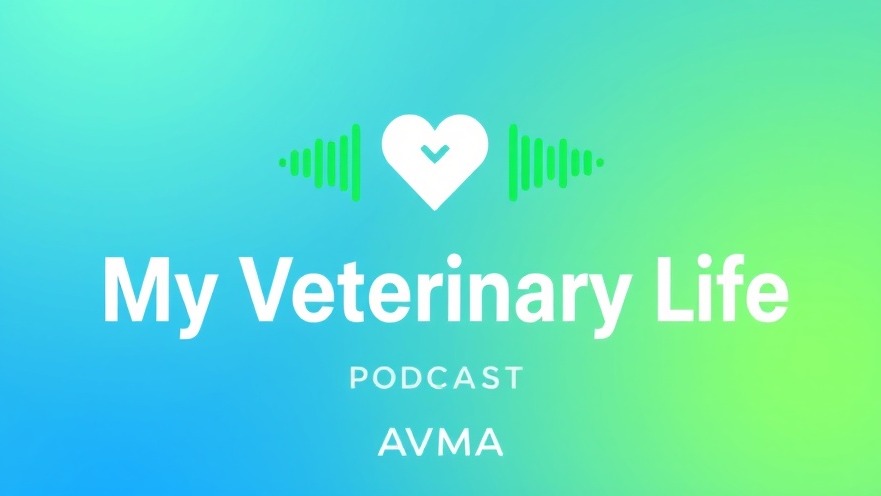
Breaking Stereotypes: The Journey of Non-Traditional Veterinary Students
The veterinary world often conjures images of fresh-faced students straight out of high school, flocking into campuses eager to don their white coats. However, an advantageous trend is developing as non-traditional veterinary students are stepping up, bringing unique experiences and perspectives. These students, many of whom have ventured through different career paths, come with a wealth of real-life knowledge that enriches the veterinary landscape.
Why Non-Traditional Students Are Important
In today's fast-paced veterinary environment, having students who understand the intricacies of life beyond education is vital. Candidates like Amanda M., a veterinary student who served as a practice manager before pursuing her degree, showcase how practical experience contributes substantially to veterinary education. Her time managing a clinic not only equipped her with animal care skills but invaluable communication and organization abilities she utilizes daily as a student.
The Real-Life Challenges and Triumphs
Transitioning to life as a veterinary student comes with hurdles that can often surprise traditional students. Non-traditional students often juggle family, careers, and significant life commitments. Some are parents balancing parenting duties while studying, others may hold full-time jobs to finance their education. These challenges, while daunting, often foster resilience and determination.
For example, one forum participant, Mary Ann, shared her experience of balancing work as an emergency vet tech while raising a family. She emphasizes the value of connection and community among her peers who are navigating similar paths, often bonding over the shared experiences of balancing life and responsibilities.
Support Systems: The Backbone of Success
The importance of community and support cannot be overstated for these unique students. Online forums and local networking provide platforms where experiences are shared, frustrations aired, and successes celebrated. The sense of belonging and support within this group is crucial for mental well-being; they motivate each other to push through late-night study sessions and to celebrate milestones, no matter how small.
Bridging the Gap: Mentorship and Networking
Mentorship plays a critical role in the journey of non-traditional veterinary students. Engaging with established professionals can provide guidance and reassurance. Mentors help aspiring veterinarians understand the realities of the profession while reinforcing the significance of their unique backgrounds. Organizations like the SAVMA (Student American Veterinary Medical Association) offer events where students connect with mentors, helping them navigate the complexities of veterinary education and career paths.
The Hidden Strength: Diverse Perspectives Enriching Veterinary Medicine
Non-traditional students often enter vet school with a distinct lens shaped by their experiences. While traditional candidates focus primarily on academia, non-traditional students bring a robust understanding of life, empathy, and compassion that enhance their veterinary practice. This unique skill set is detrimental when addressing complex emotional situations involving pet owners and their animals, fostering a deeper bond and trust that extends beyond the clinical experience.
Taking the First Step
For those considering a career in veterinary medicine but feeling daunted by previous academic setbacks or life choices, it's essential to embrace your timeline. Many seasoned vets and current students reinforce an empowering message that it's never too late to pursue your ambitions. Taking the first step could lead down a fulfilling and rewarding path that you may have always dreamed of.
Conclusion: Your Journey, Your Story
The landscape of veterinary medicine is evolving, and non-traditional students are leading the charge in redefining what it means to be a veterinarian today. Their stories are a testament to resilience, determination, and the pursuit of passion. If you’re thinking about joining this community of dedicated students, know that each step you take brings you closer to making your dreams a reality. Find your pack, support each other, and leap into this rewarding profession—you belong here.
 Add Row
Add Row  Add
Add 


Write A Comment